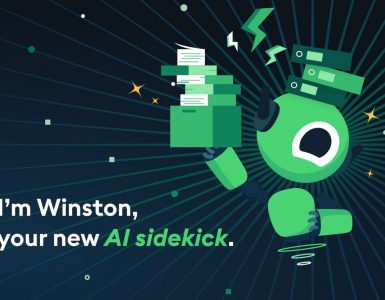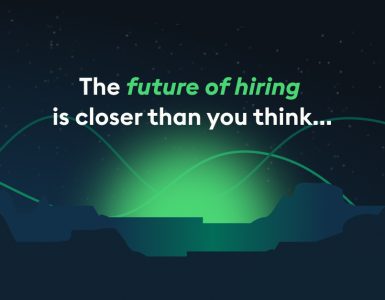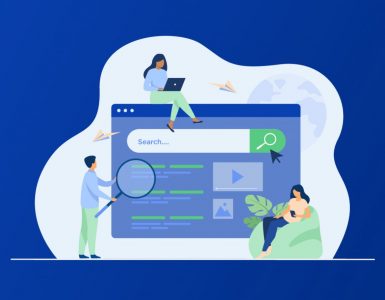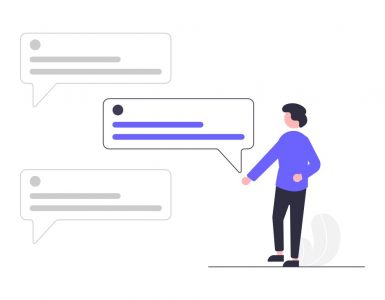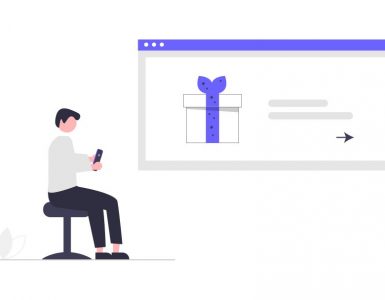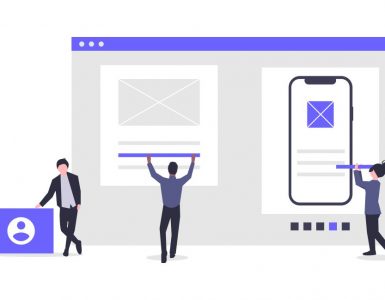According to a recent Microsoft study, 41% of workers globally are considering leaving their current employer within the next year. It’s no surprise that 53% of employees in the same survey said they are now more likely to prioritize health and wellbeing over work compared to before the pandemic. With stats like these, HR teams can no longer afford to ignore the obvious: it’s high time to rethink the work environment. Employee onboarding is a critical and yet often neglected element in this process. 69% of employees are more likely to stay with a company for 3 or more years if they experience great onboarding. Yet, only 12% of employees strongly agree their organization does a great job at onboarding. Without a good onboarding program, companies risk delivering a bad experience that traps them in a cycle of churn. Let’s explore what good onboarding means and how you can set up a scalable onboarding program to drive talent retention.
Prioritize purpose and relationships
Your onboarding process is the first step towards building a meaningful relationship with your employees. It sets them up for success, so they can build a long-term career at your company, helping you combat churn. But ultimately, people don’t stick around because of what they do in their specific role. They stay because they feel motivated to contribute to the company’s purpose and because they like the organization’s culture.
As Simon Sinek would say, don’t just introduce your new hire to what they will do and who they will work with, start with why. Make sure you communicate their role’s contribution to your company’s overall purpose from day one. Create a bond by introducing them to your brand and vision. Organize a buddy program so they get an insider’s look into your company’s culture from the start.
Provide structure while putting compliance on auto-pilot
Onboarding new hires effectively also means ensuring due diligence. But focusing too much on this means you cannot put building meaningful relationships at the top of your agenda. Look for tools that help you save time by standardizing and streamlining compliance. To standardize compliance, use solutions that enable you to use e-signature to gather all compliance docs digitally. To streamline it, deliver tasks in traceable and timely workflows.
New hires shouldn’t feel like they have an overwhelming list of compliance tasks to complete at once. Each item should be triggered at the right time. Typical forms like W4 and I-9 (for U.S. hires), direct deposit authorizations, data retention agreements and others should be digitally signed and collected through your onboarding solution with ease.
Customize workflows for regional and role-based needs
Speaking of compliance, in today’s global work environment, you need an onboarding process that can be easily scaled and configured for different needs. Your onboarding solution should enable you to configure onboarding easily per location and per role using custom workflows. For example, it should allow you to educate new hires about their benefits depending on their country of residence, and collect region-specific or role-related compliance documents. Custom workflows are also handy to deliver great virtual onboarding.
Optimize your remote onboarding experience
If your organization is embracing a hybrid or fully remote working model, you need to consider the needs of your remote new hires carefully. For example, studies show that new hires’ reliance on their managers for onboarding support increased by 20% compared to before the pandemic. People who are starting in a fully remote position may need extra attention.
There’s a few things you can do to optimize your remote onboarding experience. First, make sure you provide your hybrid or remote work policies and guidelines for new hires. Second, foster multiple touchpoints to keep the relationship warm. For instance, you can create tasks for the hiring manager to check in with the new hire one week in, one month in and 90-days into the role. Third, define project milestones and remote review cycles for the new employee to help them stay on track and identify any potential risks.
Leverage data from across the recruitment process to personalize onboarding
Often, HR teams are sitting on a treasure trove of data collected during the recruitment process but they fail to leverage it during onboarding because it may not be easily accessible in their systems. For instance, they may have identified that the candidate had some skills gaps that need to be addressed through training. A solution that is native to your ATS, or closely integrates with it, can help you collect all of this data in one place. This enables you to personalize the onboarding process accordingly for each new hire.
Gather feedback
Last but not least, remember to gather feedback from your new hire and the hiring team to improve your onboarding process and overall talent acquisition strategy. At the bare minimum, you should send a net hiring survey at the end of the onboarding period. But you might also want to collect feedback at different stages of the onboarding process to better understand how you can improve.
To drive retention, start with great onboarding
In the age of employee churn, you can no longer afford to deliver a poor onboarding experience. Put compliance tasks on auto-pilot so you can focus on building a great relationship with your new hire from the start. Customize your onboarding program for remote and local needs, as well as for each role. Use key insights at your fingertips to personalize the new hire’s experience and make sure you gather feedback to improve it.
Check out our Onboarding Guide with more detailed tips to build a scalable onboarding program.






